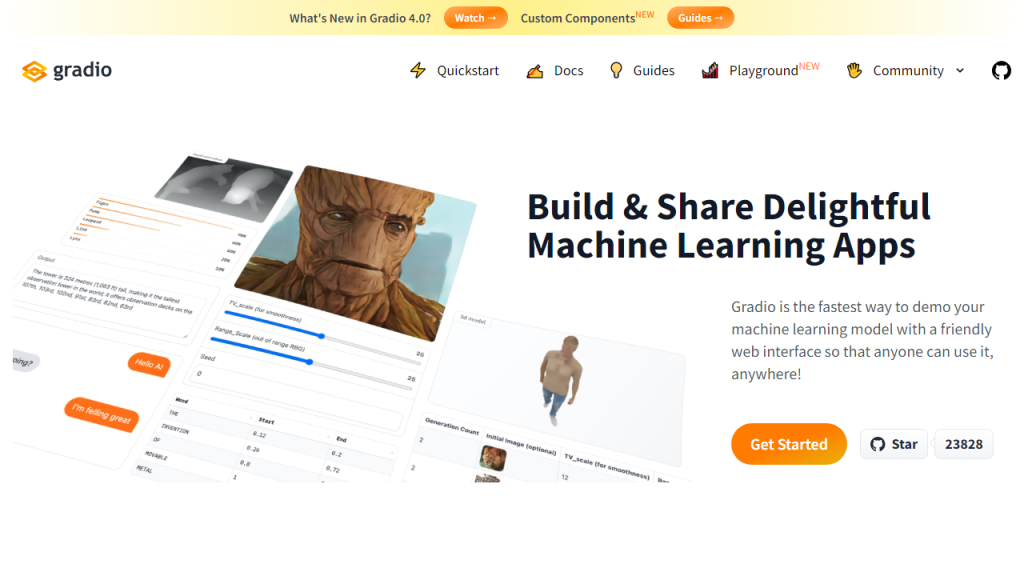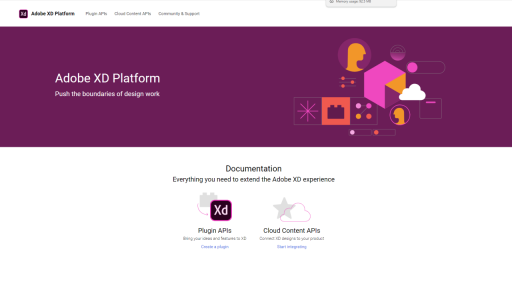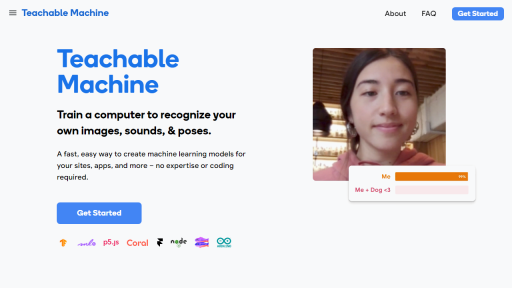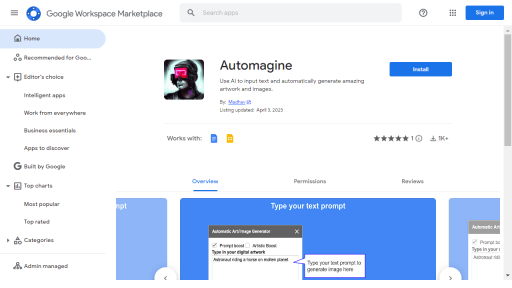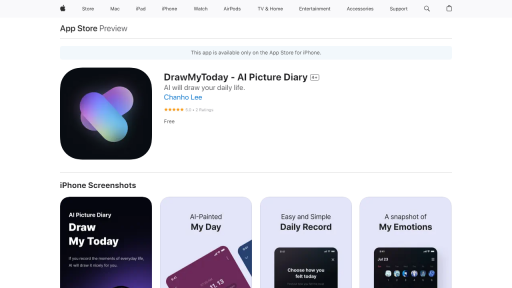What is Gradio?
Gradio is an open-source framework designed to simplify the process of creating user interfaces for machine learning models. By enabling developers to build interactive web applications with ease, Gradio allows users to test and visualize their models without requiring extensive web development skills. The tool is particularly beneficial for researchers and practitioners in the field of artificial intelligence, as it provides a straightforward way to showcase their work. With Gradio, users can create customizable interfaces for their models in just a few lines of code, making it an ideal solution for rapid prototyping and sharing experiments. Gradio supports a variety of input and output types, including text, images, audio, and video, which enhances its versatility across different machine learning tasks. Additionally, it seamlessly integrates with popular machine learning frameworks such as TensorFlow and PyTorch, allowing for easy deployment of models in real-world applications. Overall, Gradio serves as a powerful bridge between complex machine learning systems and end-users, facilitating greater accessibility and understanding of AI technologies.
Features
- Customizable Interfaces: Gradio allows users to create tailored web interfaces that suit specific machine learning models, enabling personalized user experiences.
- Support for Multiple Input/Output Types: The tool accommodates various data types such as text, images, audio, and video, making it versatile for different applications.
- Easy Integration: Gradio supports integration with major machine learning libraries like TensorFlow, PyTorch, and Hugging Face, simplifying the deployment of models.
- Real-time Collaboration: Users can share their interfaces via a simple link, allowing others to interact with the model in real time, which is ideal for feedback and demonstrations.
- Automatic Documentation: Gradio generates detailed documentation for deployed models, aiding users in understanding how to interact with the interface.
Advantages
- User-Friendly: Gradio’s intuitive interface allows developers and non-developers alike to create functional applications without extensive coding knowledge.
- Rapid Prototyping: Users can quickly develop and test their models, facilitating faster iterations and improvements.
- Enhanced Model Accessibility: By providing a web-based interface, Gradio helps democratize access to machine learning models, enabling users from various backgrounds to interact with advanced AI systems.
- Community Support: Being open-source, Gradio benefits from a collaborative community that contributes to its development and provides a wealth of shared resources.
- Cross-Platform Compatibility: Gradio applications can be deployed on various platforms, ensuring that users can access them from anywhere with an internet connection.
TL;DR
Gradio is an open-source tool that enables users to create interactive web interfaces for machine learning models with minimal coding, making AI more accessible and user-friendly.
FAQs
What programming languages does Gradio support?
Gradio primarily supports Python, as it is designed to integrate with Python-based machine learning libraries such as TensorFlow and PyTorch.
Can I use Gradio for commercial purposes?
Yes, Gradio is open-source and can be used for commercial applications, but it is advisable to review the licensing terms to ensure compliance.
Is Gradio suitable for beginners in machine learning?
Absolutely! Gradio’s easy-to-use interface and straightforward code structure make it an excellent choice for beginners exploring machine learning.
Does Gradio require extensive coding knowledge?
No, Gradio is designed to minimize the amount of coding needed, allowing users to create applications with just a few lines of code.
What types of models can I deploy using Gradio?
You can deploy a wide range of models, including those for image classification, text generation, speech recognition, and more, using Gradio’s versatile interface options.
